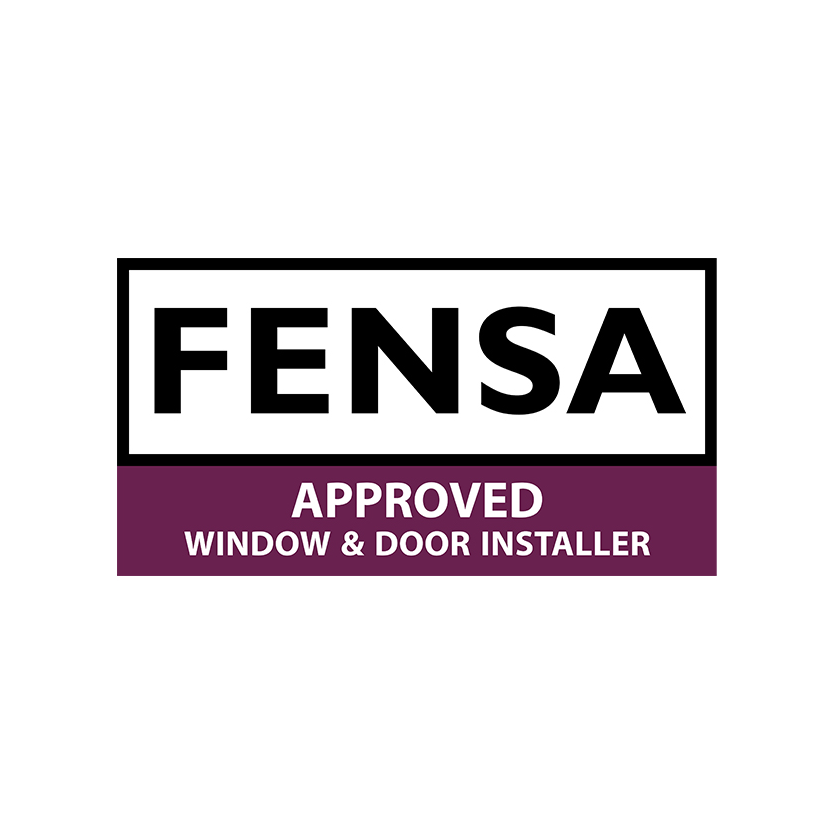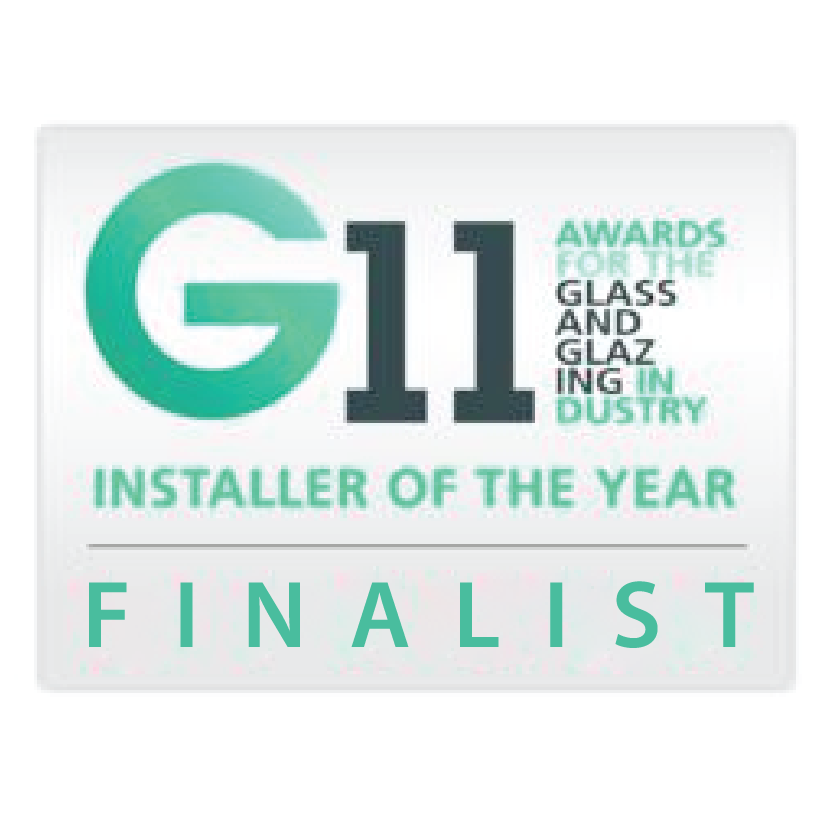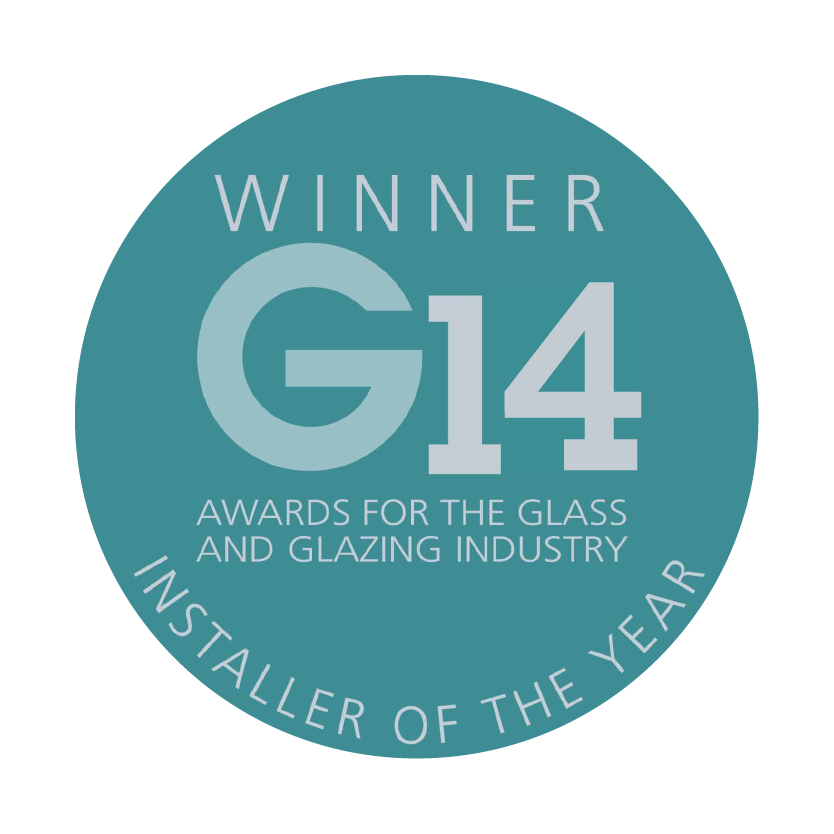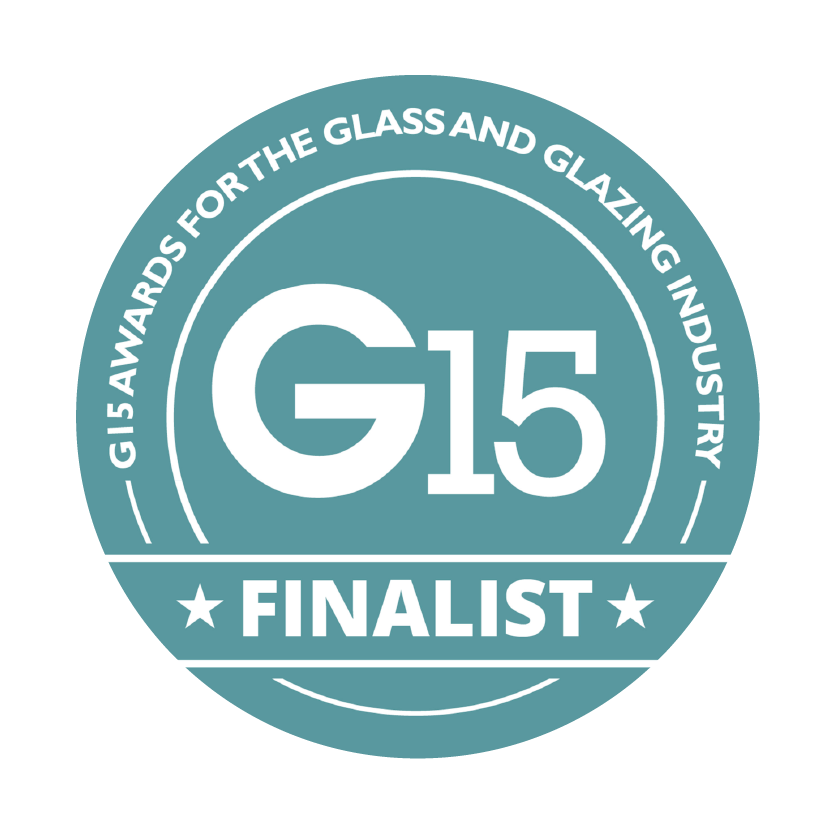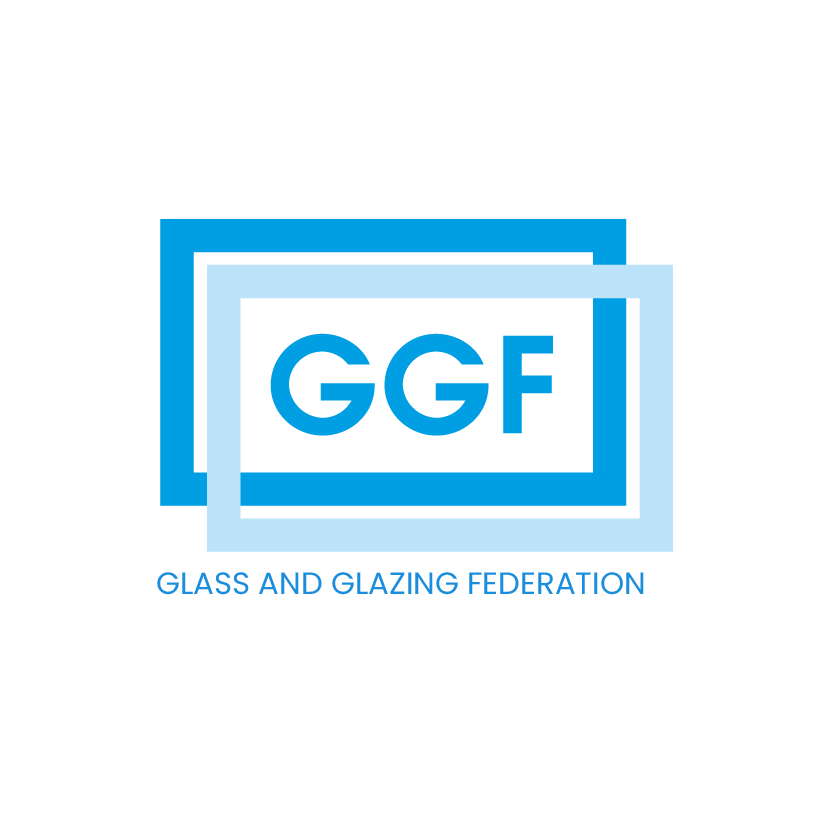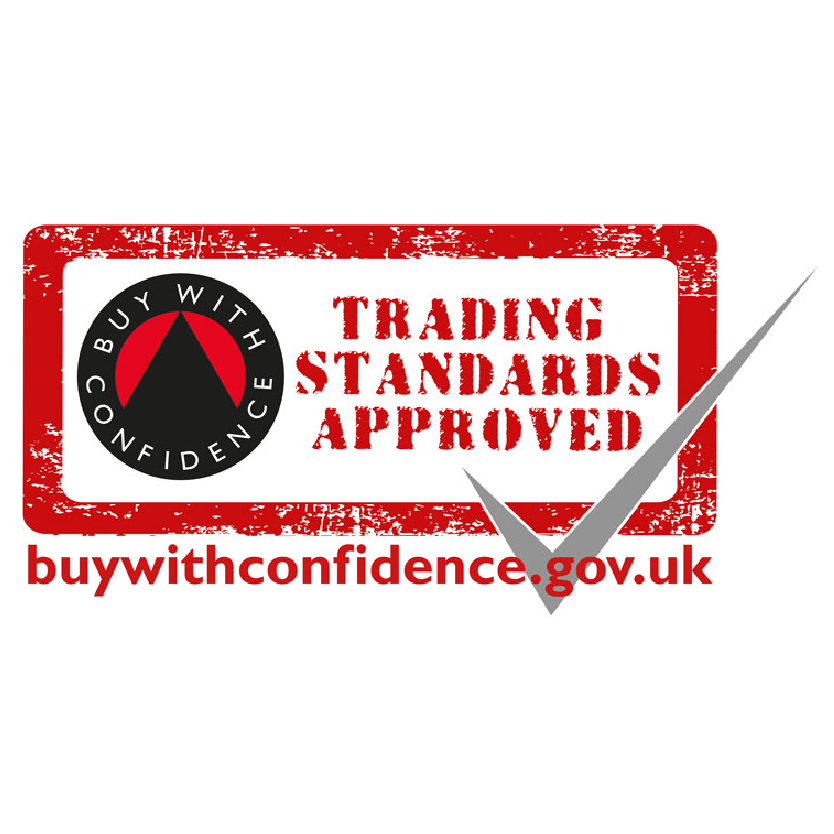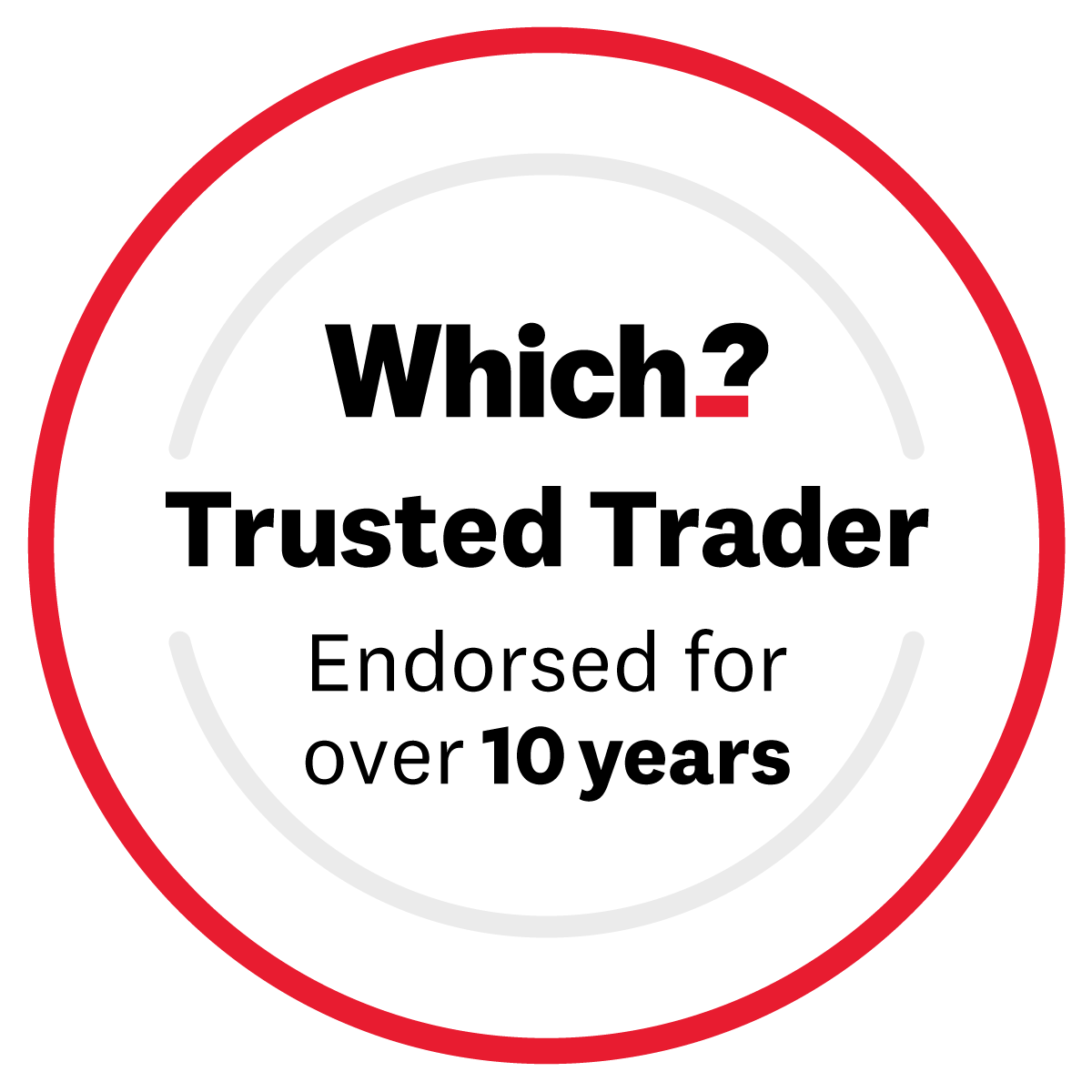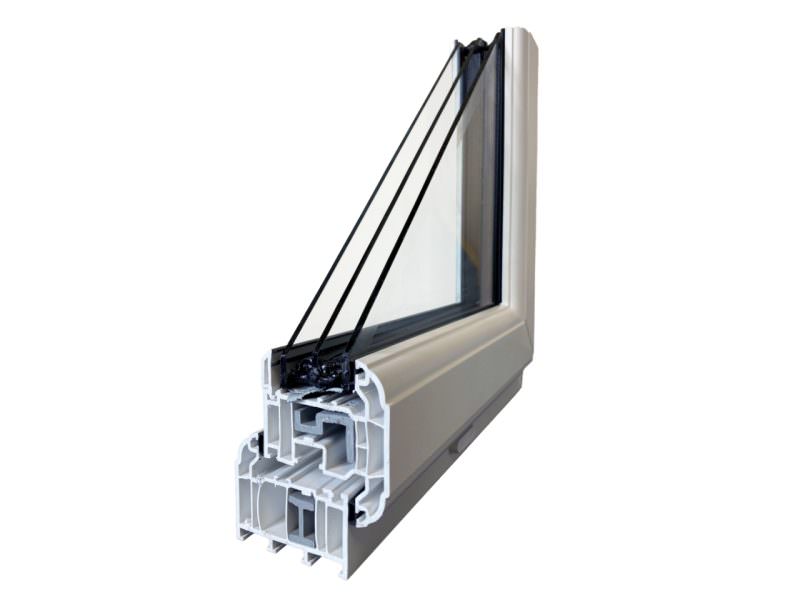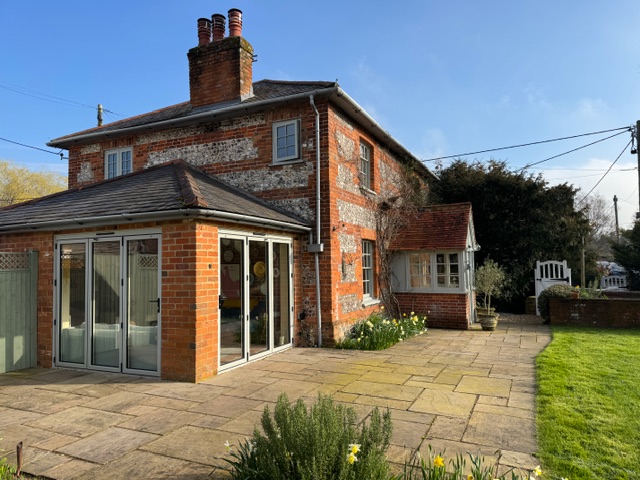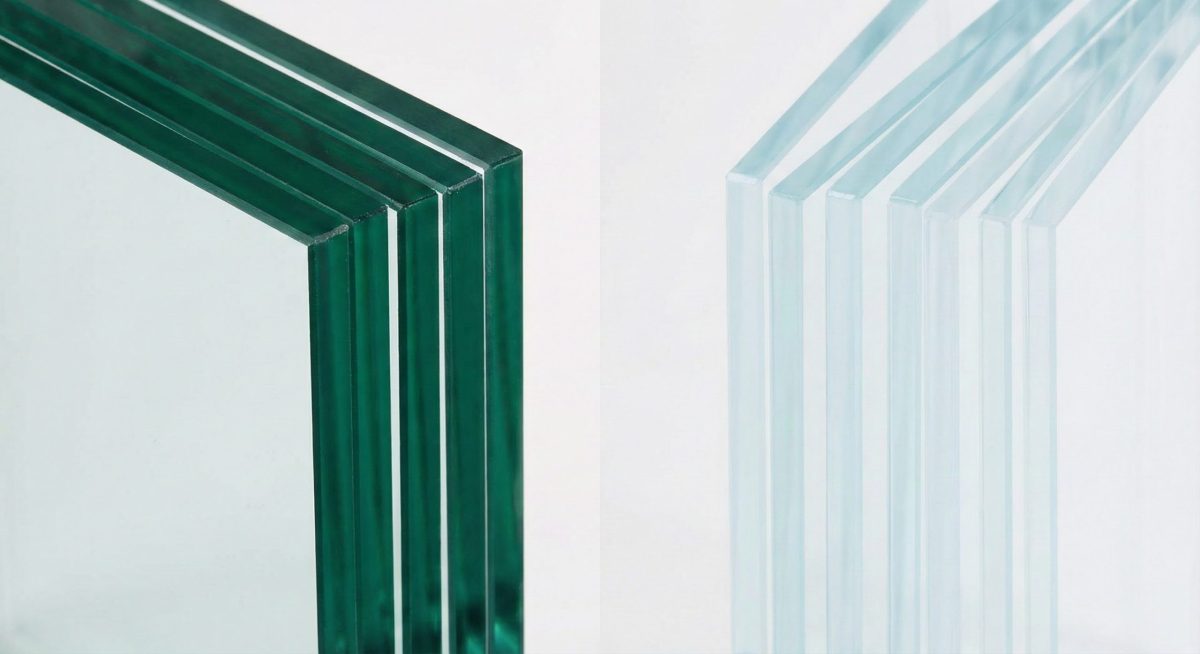
Timber - PVC - Aluminium - Windows, Doors & Conservatories in Hampshire
Low-Iron Glass Explained: Why Optiwhite™ is the Clear Choice
Low-Iron Glass Explained: Why Optiwhite™ is the Clear Choice
Category: Glazing Guide / Home Aesthetics
Reading Time: 6 Minutes
📌 Key Takeaways
- Standard Glass is Green: Ordinary “clear” glass has a distinct green tint caused by iron oxide, noticeable at the edges.
- Low-Iron Purity: Low-iron glass (like Pilkington Optiwhite™) reduces iron content by 90% for superior clarity.
- True Colour: Essential for splashbacks, retail displays, and museums where true colour representation is critical.
- Maximised Light: Offers higher light transmission (92%+) than standard glass (89%).
When you look through a window, you assume you are seeing the world exactly as it is. When you install a glass splashback over a pure white wall, you expect it to look white.
However, standard glass is not actually “clear.” If you have ever noticed a distinct green tinge on the edge of a glass table or window pane, you have witnessed the inherent limitation of standard glazing.
For homeowners and architects seeking absolute clarity and true colour representation, the solution is Low-Iron Glass. In this guide, we explain why standard glass isn’t clear, and why premium products like Pilkington Optiwhite™ are the industry standard for high-end applications.
Table of Contents
1. The Science: Why is Standard Glass Green?
All glass is made primarily from silica sand. However, the raw materials used in the standard “float glass” manufacturing process naturally contain impurities.
The culprit responsible for the green tint is Iron Oxide (Ferric Oxide). Even in trace amounts, iron oxide absorbs light at the red end of the spectrum and toward infrared, resulting in a greenish-blue hue that becomes more pronounced the thicker the glass gets.
🔬 The “Compounding” Effect
The green tint is cumulative. While a single 4mm pane might look relatively clear, a thick 10mm shower screen, or a triple-glazed unit featuring three panes of glass, will exhibit a much stronger green hue, distorting the colours seen through it.
2. The Solution: What is Low-Iron Glass?
Low-iron glass (often known as “extra-clear”) is manufactured using carefully selected raw materials with a very low iron content (approx. 0.02% vs 0.10%). This reduction removes the green cast, offering unparalleled light transmission and neutrality.
Visual Comparison: The “Edge Test”
The easiest way to spot the difference is to look at the exposed edge of the glass pane:

3. Standard vs. Low-Iron Performance Data
The difference in clarity isn’t just subjective; it is measurable in Light Transmission (LT) values.
| Feature | Standard Clear Float Glass | Low-Iron Glass (e.g., Optiwhite) |
|---|---|---|
| Visual Appearance | Slight green tint, noticeable at edges or in stacks. | Practically colourless, extra clear. |
| Edge Colour | Dark Green | Pale Blue / Clear |
| Light Transmission (6mm) | Approx. 89% | Approx. 92%+ |
| Colour Accuracy | Distorts light colours (whites look greenish). | True colour representation. |
4. Pros & Cons (Trade-offs)
Is the upgrade worth the investment? Here is a balanced view.
✅ The Benefits
True Colour
Essential for displaying products or framing a perfect view.
Light Gain
Lets in more natural light and passive solar heat.
❌ The Trade-offs
Cost
Is a premium product, typically costing more than standard glass.
Higher Maintenance
Because it is so clear, smudges and dirt are more visible.
5. Key Applications: When Clarity Matters Most
While low-iron glass is a premium product, it is essential in specific scenarios where the green tint of standard glass would ruin the aesthetic:
- Kitchen Splashbacks: If you paint the back of standard glass white or cream, the green tint will turn it mint green. Low-iron glass is mandatory for true whites and pastels.
- Retail Displays: Jewellers and museums use low-iron glass so products are displayed with perfect colour accuracy.
- Premium Architectural Glazing: For large picture windows framing a view, low-iron glass ensures the landscape is seen exactly as nature intended.
- Glass Balustrades: In frameless applications where the thick edges are visible, low-iron glass provides a much cleaner, modern aesthetic.
6. Compatibility with Other Tech
A common misconception is that you have to choose between clarity and performance. In reality, Low-Iron glass is just a “substrate” (a base material). It can be combined with almost any other technology:
- Low-E Coatings: You can apply a thermal coating to low-iron glass to create a high-performance, ultra-clear double-glazed unit.
- Laminated Safety: Low-iron glass can be laminated for security. This is especially popular for thick balustrades to avoid the dark green edge.
- Toughened Safety: It can be thermally toughened just like standard glass for use in doors and low-level windows.
7. Frequently Asked Questions
Yes, due to the specialised raw materials and higher manufacturing temperatures required, low-iron glass costs slightly more than standard clear glass. The exact price difference depends on thickness and processing, but it is an investment in aesthetics and performance.
Absolutely. Low-iron glass is just as versatile as standard glass. It can be thermally toughened for safety, laminated for security, and used in double or triple-glazed units alongside other technologies like Low-E coatings.
For standard residential windows with thin glass, standard glazing is often acceptable. However, if you have a very large view you want to frame perfectly, or are specifying triple glazing (where three panes multiply the green tint), low-iron glass is highly recommended for a clearer view.
📚 Explore Our Glass Knowledge Hub
Compare other modern glazing technologies.
- The 2026 Glazing Outlook” – High-level summary of the pivot to growth. - 9 December 2025
- Industry News: The Future Homes Standard 2025 & What It Means for Your Windows - 1 December 2025
- KJM Group MD Attends House of Commons Event to Champion UK Glass Industry - 14 November 2025

